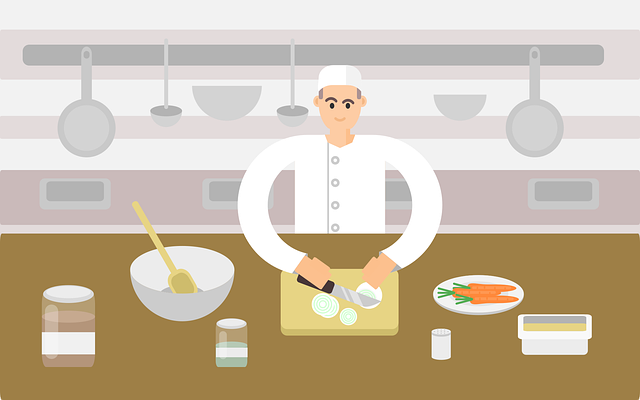
Every culinary enthusiast knows that the difference between a delightful dish and a disappointing one can often be chalked up to timing.
This is where the minute timer, often underrated, shines as an indispensable kitchen tool. Let’s dive deeper into the world of timed cooking and baking and how it can elevate your kitchen game.
1. The Crucial Role of Timing in Cooking
At the heart of cooking lies a series of chemical and physical transformations. Think about the beautiful browning of a steak or the delicate rise of a soufflé. These are processes heavily reliant on time. Misjudging by a mere minute can lead to culinary catastrophes. With a minute timer, precision is no longer a luxury but a regular feature of your cooking, enhancing taste, texture, and presentation.
2. Starting Simple: The World of Boiling and Steaming
Many might dismiss boiling and steaming as basic, but even here, timing is key. Take eggs, for instance. The difference between a soft-boiled delicacy and a hard-boiled treat is a matter of minutes:
- Soft Boiled: A timer set to 4-5 minutes yields a beautifully runny yolk.
- Medium Boiled: 8-9 minutes get you a yolk that’s creamy yet slightly firmer.
- Hard Boiled: 11-12 minutes ensures a perfectly set yolk.
Vegetables also benefit from precise steaming. Broccoli, for example, steamed for just 3-4 minutes, retains its vibrant color and nutrients. Overdo it, and you’re left with a mushy, unappetizing mess.
3. Baking Brilliance with Timed Precision
Baking is as much an art as it is a science. Every minute counts. Consider cookies.
- Chocolate Chip Cookies: Most recipes recommend a 10-12 minute bake for that perfect chewy center. Set a timer to avoid over-baking, which results in a crumbly, dry cookie.
- Cakes: Different cakes have varied baking times. A rich, dense pound cake might require over an hour, while delicate cupcakes could be done in 20 minutes. Using a timer allows you to focus on other tasks, knowing you’ll be alerted at the right moment.
4. Roasting: Where Timing Truly Shines
Roasting, be it meat or vegetables, is a testament to the power of time.
- Roasted Chicken: For a perfectly roasted chicken with crispy skin and succulent meat, timing is everything. While 20 minutes per pound is a general guideline, factors like oven temperature and chicken size play a role. Here, a timer acts as your personal sous-chef, ensuring consistency.
- Vegetables: Vegetables like bell peppers, zucchinis, and carrots transform when roasted. Their natural sugars caramelize, offering a delightful blend of smokiness and sweetness. However, each vegetable has its own ideal roasting time. Potatoes, cut into wedges, might take 40-45 minutes at 425°F (220°C) to get that golden crust, while Brussels sprouts could be done in 25-30 minutes.
5. Beyond Cooking: Resting, Cooling, and the Importance of Patience
Cooking doesn’t always end when the oven is turned off. For meats, the post-cooking resting phase is paramount. It allows juices to redistribute, ensuring every slice is juicy. Setting a timer for 10-15 minutes for steaks or 20-30 minutes for larger roasts ensures optimal results.
On the baking front, items like cheesecakes, pies, and certain cookies need to cool at specific rates to achieve their final delightful textures. A cheesecake, for instance, needs to cool slowly to prevent surface cracks. A timer can remind you to shift it from the counter to the fridge at the right time.
Conclusion
In the symphony of the kitchen, the minute timer is the metronome, ensuring each element plays its part to perfection. Whether you’re a seasoned chef or a home cook, this tool can elevate your culinary creations from good to gourmet. With every tick, it brings you closer to achieving kitchen mastery. Here’s to perfectly timed culinary delights!
